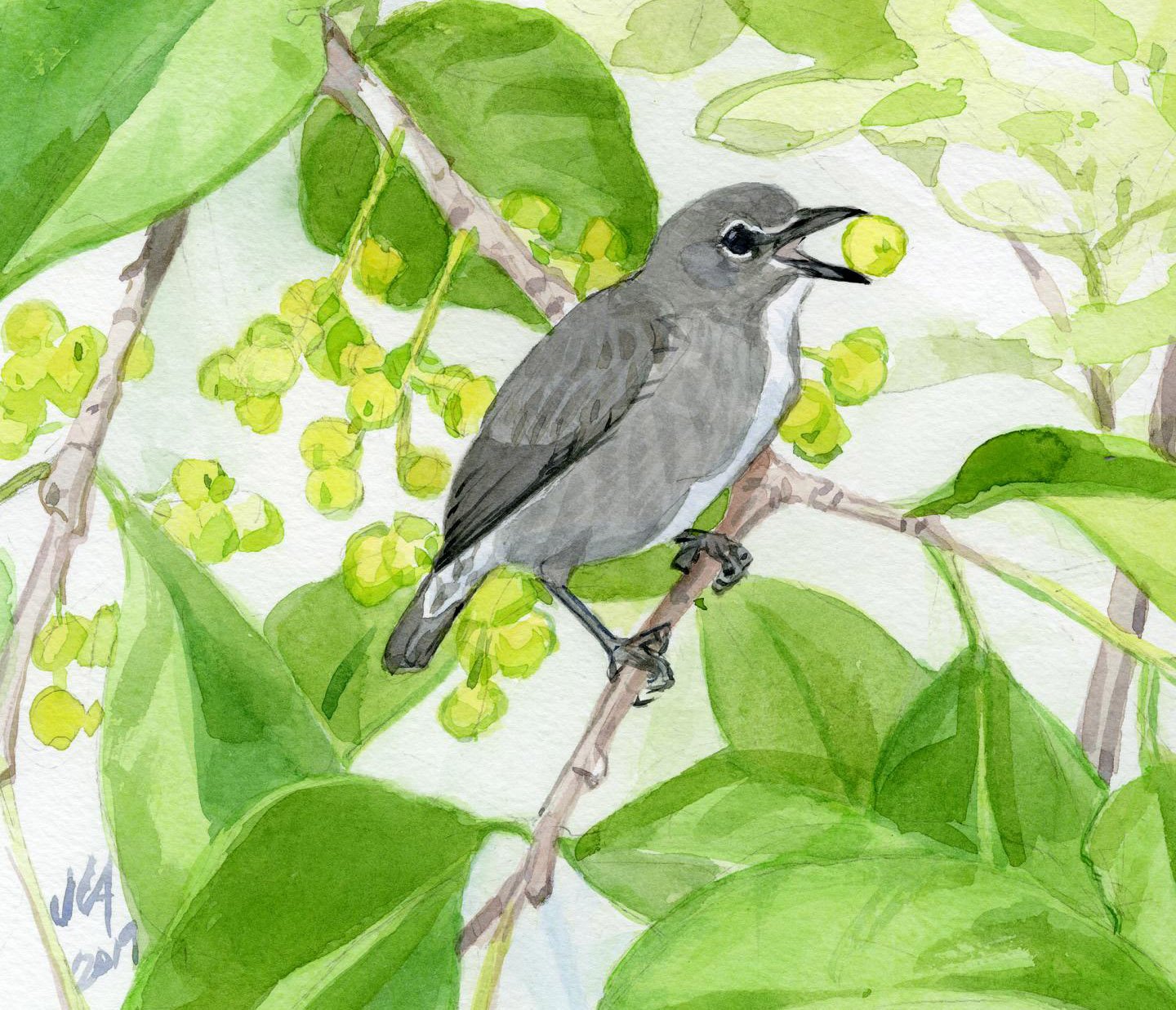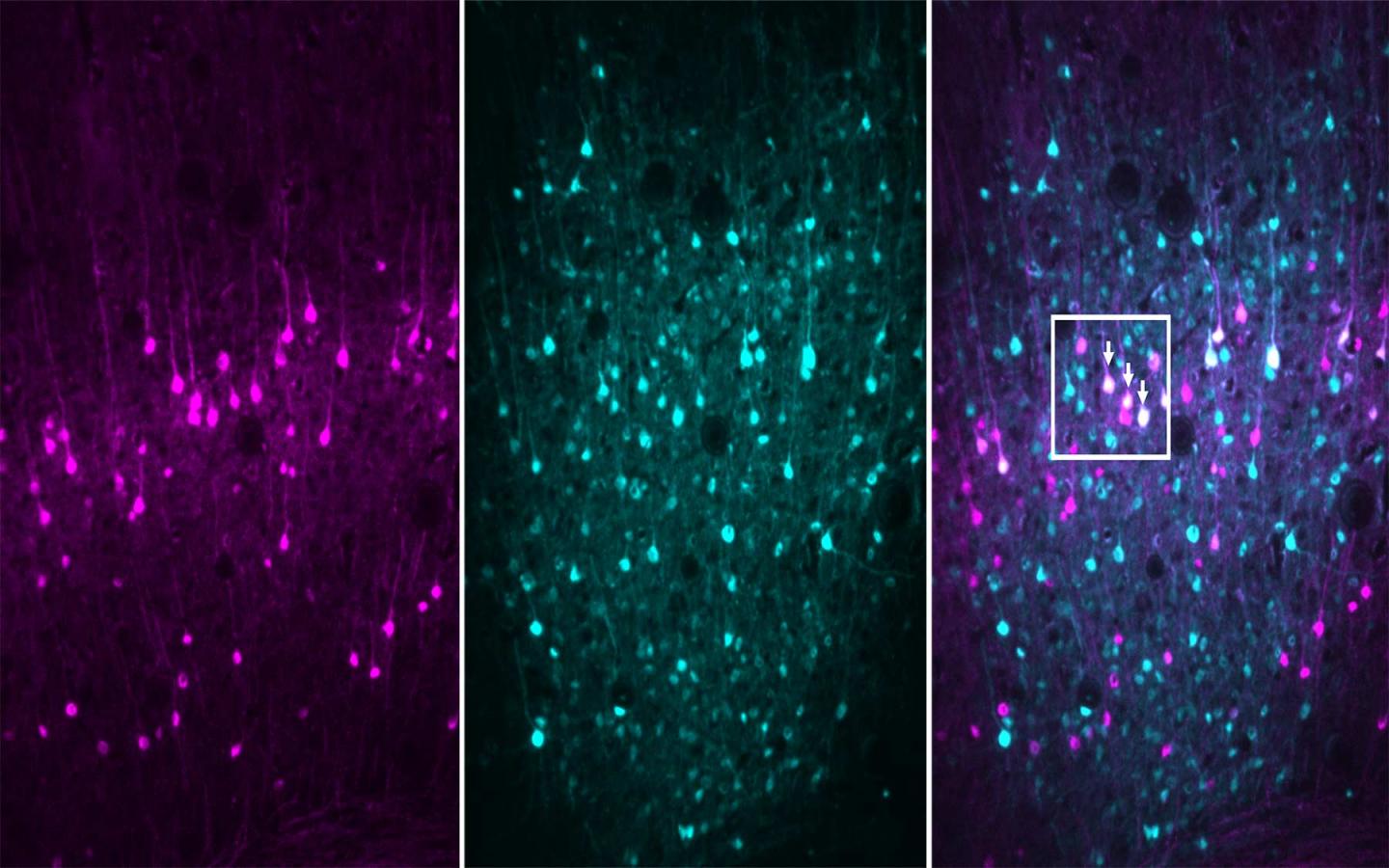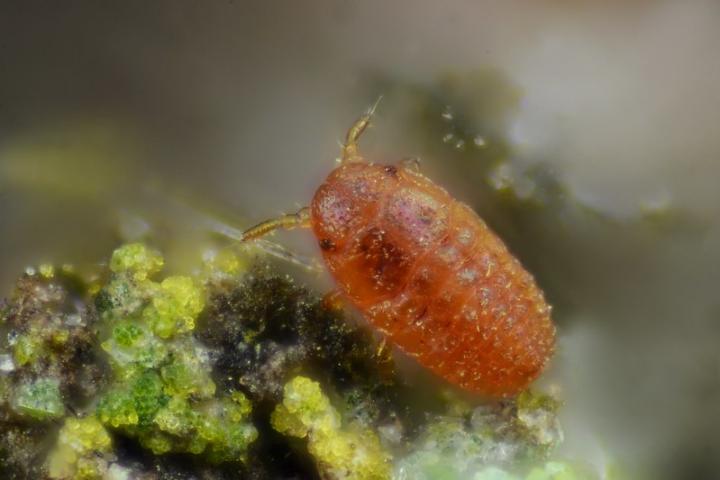California’s crashing kelp forest
First the sea stars wasted to nothing. Then the purple urchins took over, eating and eating until the bull kelp forests were gone. The red abalone starved. Their fishery closed. Red sea urchins starved. Their fishery collapsed. And the ocean kept warming. It sounds like an ecological horror movie, but this scenario actually happened between … Read more









